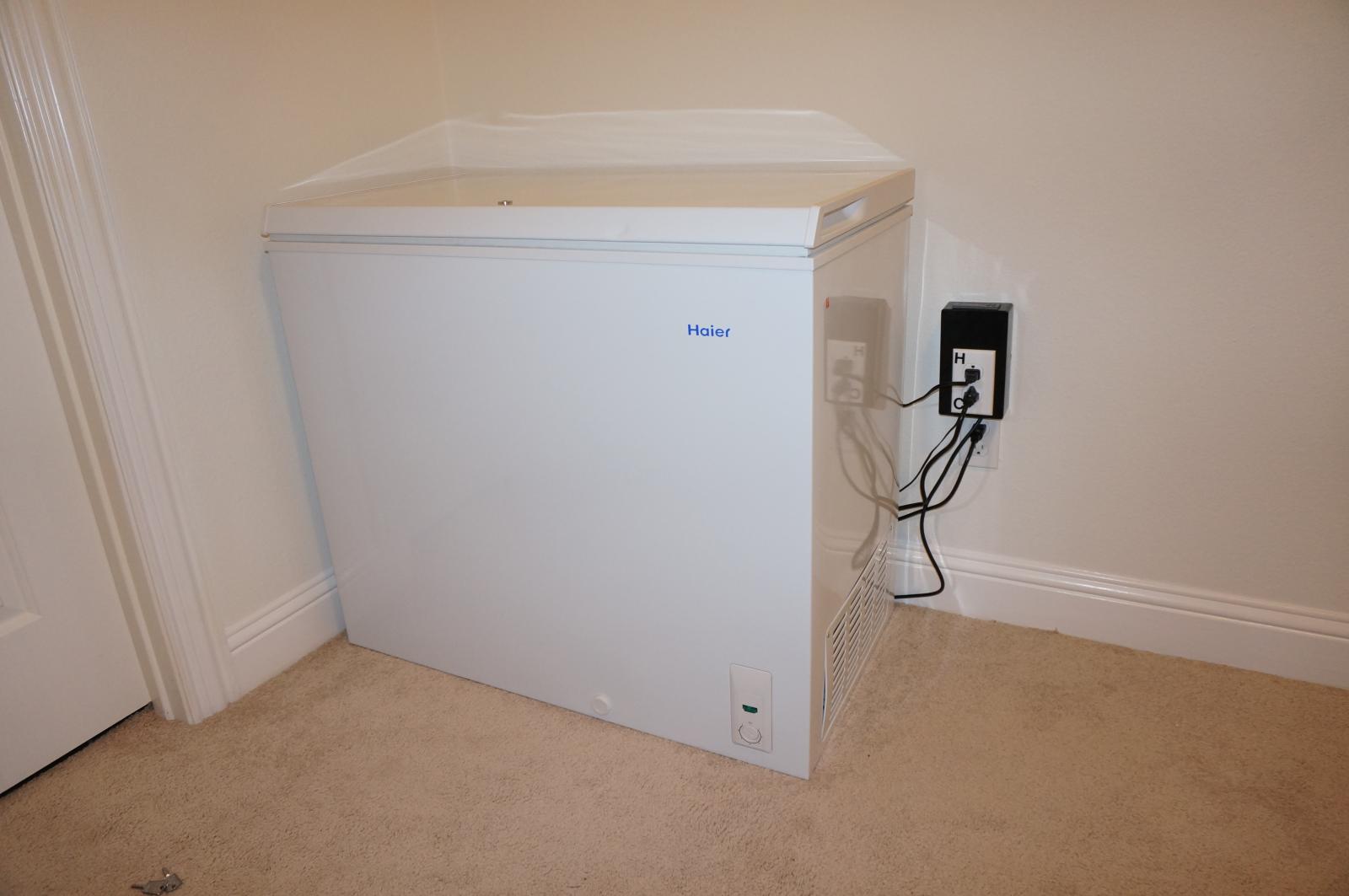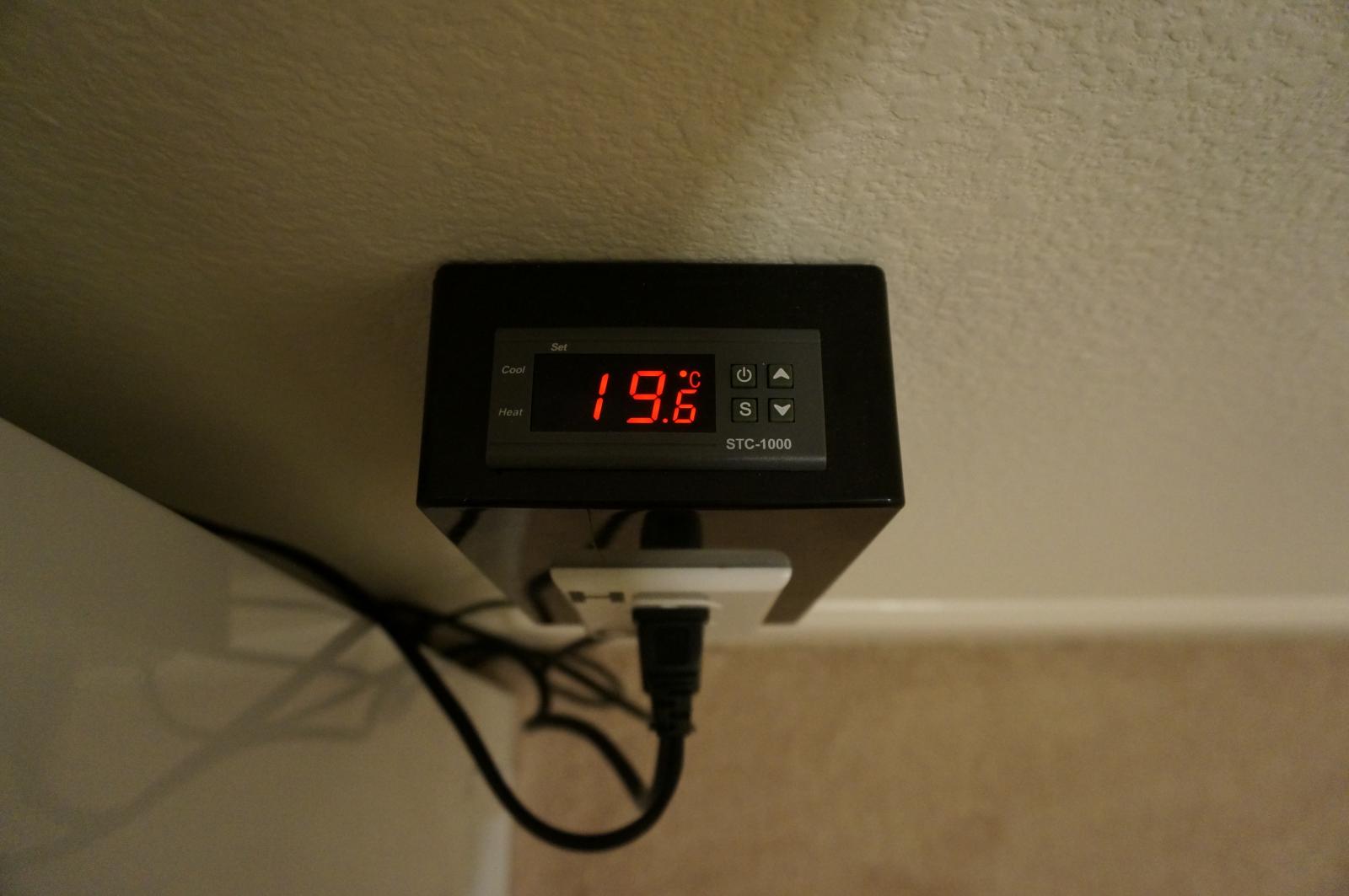hi everyone! new to the forum, but have been reading and researching posts for months now as I continue to gain experience home brewing.
Previously, i lived somewhere that allowed me to maintain fermentation temps in the ideal ranges. however with a new move into the Caribbean, i enter a far warmer climate and hence have some further concerns I was hoping some of you more experienced brewers could help with...
Recipe: True Brew Oktoberfest extract kit
Yeast: Muntons Dry Ale yeast
First concern = Temperature. Based on my research, Munton's prefers between 64-70°F.
However my current situation allows me two options:
40-43°F via a non-adjustable refrigerator
79-82°F+ via the ambient air of my room. a fan will help, but marginally.
I'm aware both of these ranges are far less then ideal, but I currently dont have the means to do much about that factor. Would a different yeast help solve this?
Second Concern = Water. I'll be using exclusively Reverse Osmosis water from the only clean water supply on the island. I've purchased some campden tablets just in case they sneak some chlorine into the water as a backup sanitation process. Those shouldn't do any harm, one way or the other - correct?
Also, I've purchased some Yeast Energizer to help the process along in case the malt doesn't add enough vitamins and nutrients back into the RO water. Following their recommended dosage, would this aid in the yeast performance - especially given my two temperature ranges?
Previously, i lived somewhere that allowed me to maintain fermentation temps in the ideal ranges. however with a new move into the Caribbean, i enter a far warmer climate and hence have some further concerns I was hoping some of you more experienced brewers could help with...
Recipe: True Brew Oktoberfest extract kit
Yeast: Muntons Dry Ale yeast
First concern = Temperature. Based on my research, Munton's prefers between 64-70°F.
However my current situation allows me two options:
40-43°F via a non-adjustable refrigerator
79-82°F+ via the ambient air of my room. a fan will help, but marginally.
I'm aware both of these ranges are far less then ideal, but I currently dont have the means to do much about that factor. Would a different yeast help solve this?
Second Concern = Water. I'll be using exclusively Reverse Osmosis water from the only clean water supply on the island. I've purchased some campden tablets just in case they sneak some chlorine into the water as a backup sanitation process. Those shouldn't do any harm, one way or the other - correct?
Also, I've purchased some Yeast Energizer to help the process along in case the malt doesn't add enough vitamins and nutrients back into the RO water. Following their recommended dosage, would this aid in the yeast performance - especially given my two temperature ranges?




